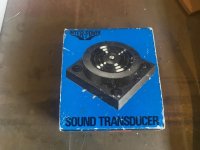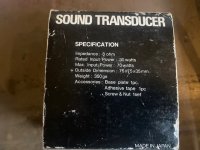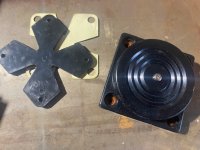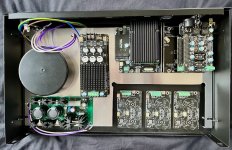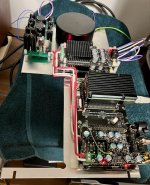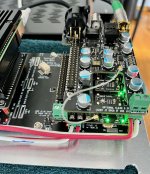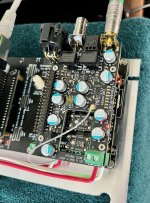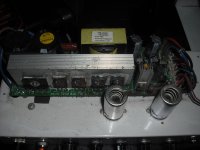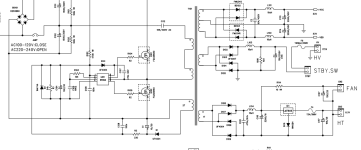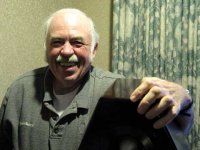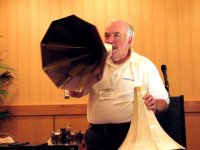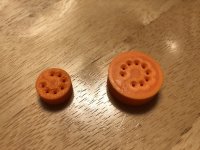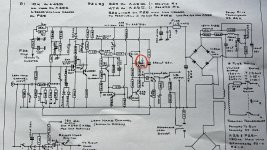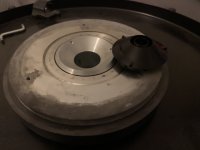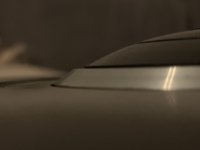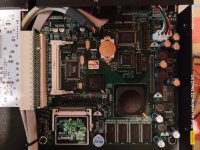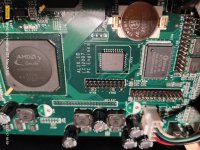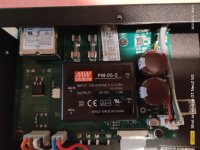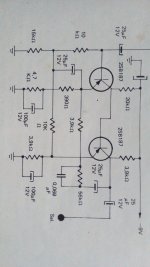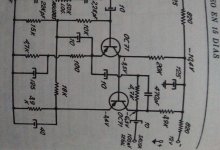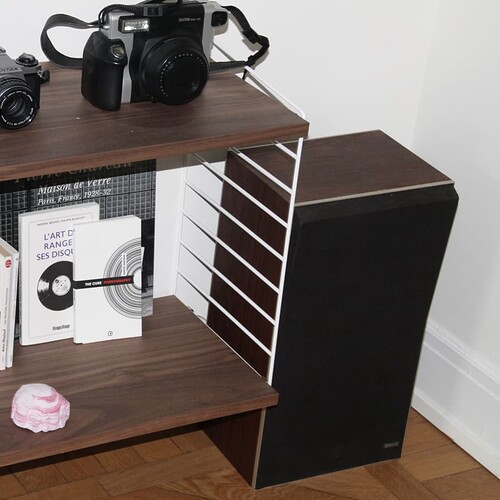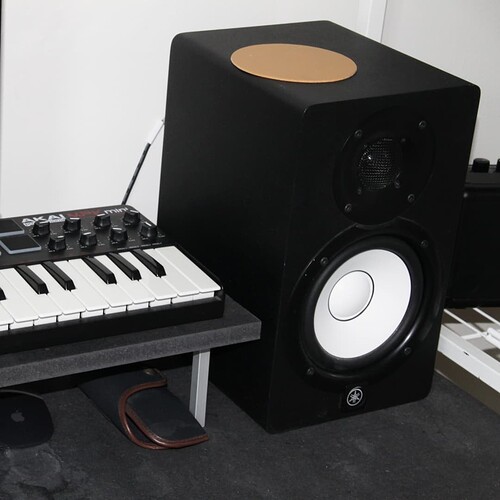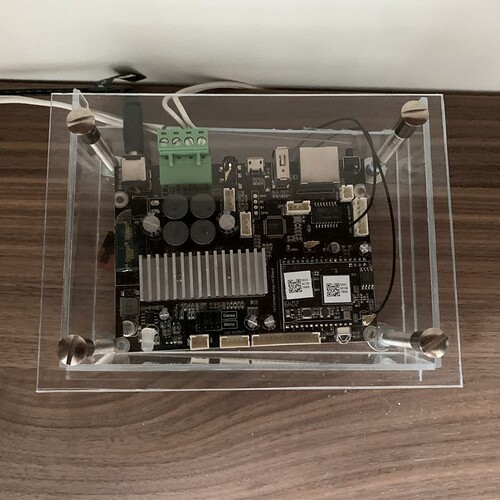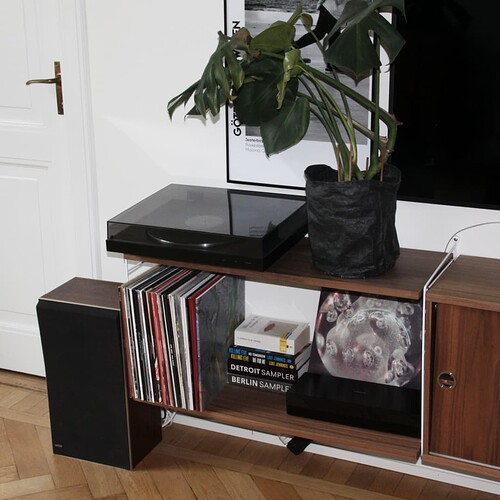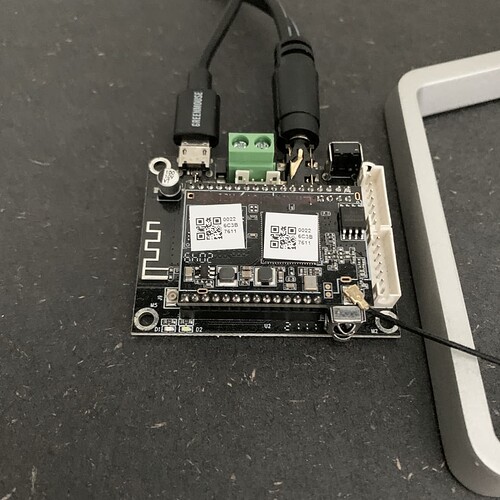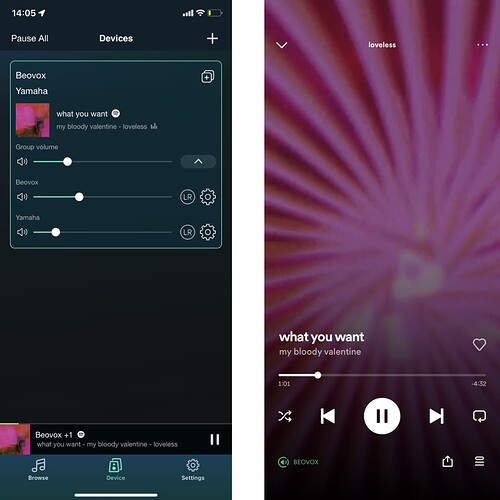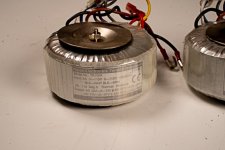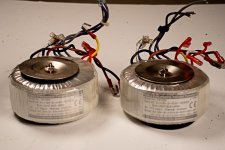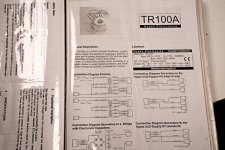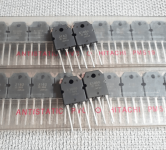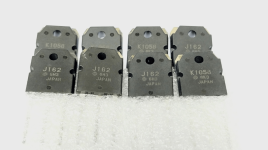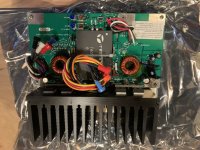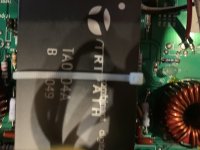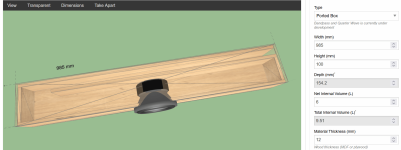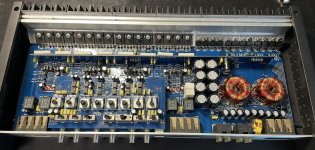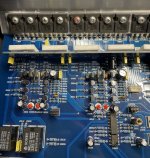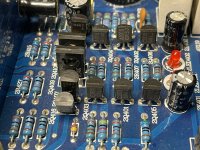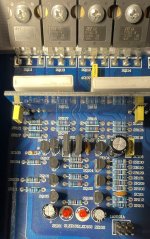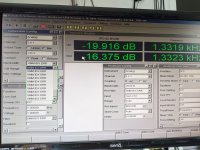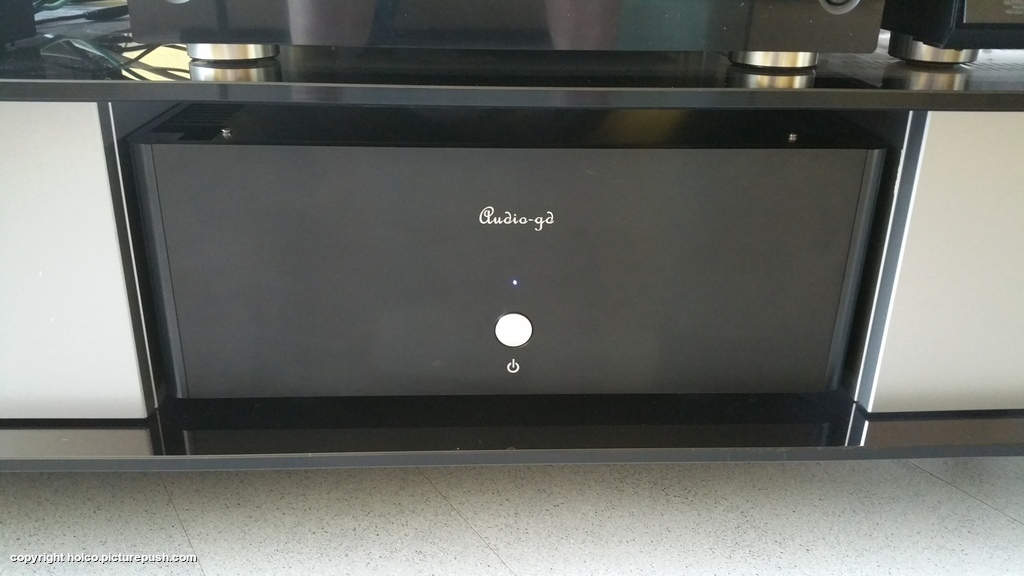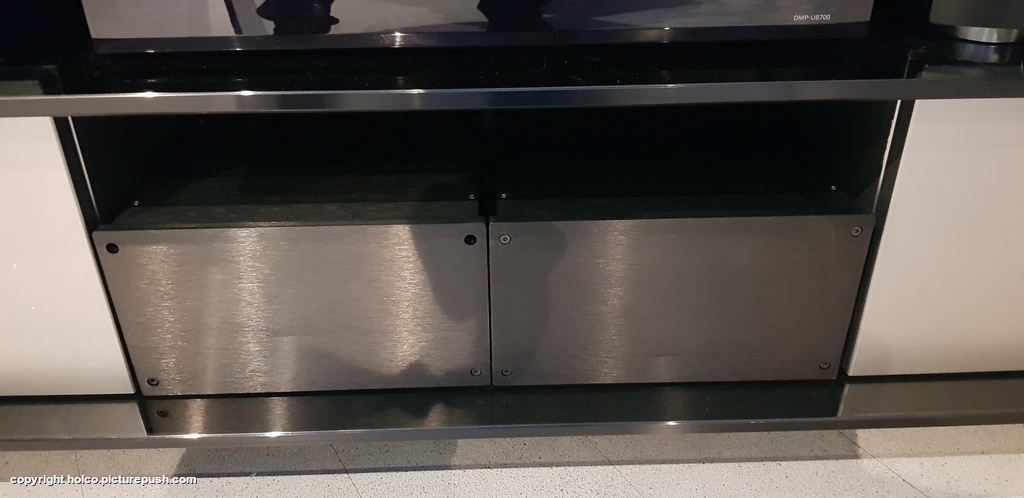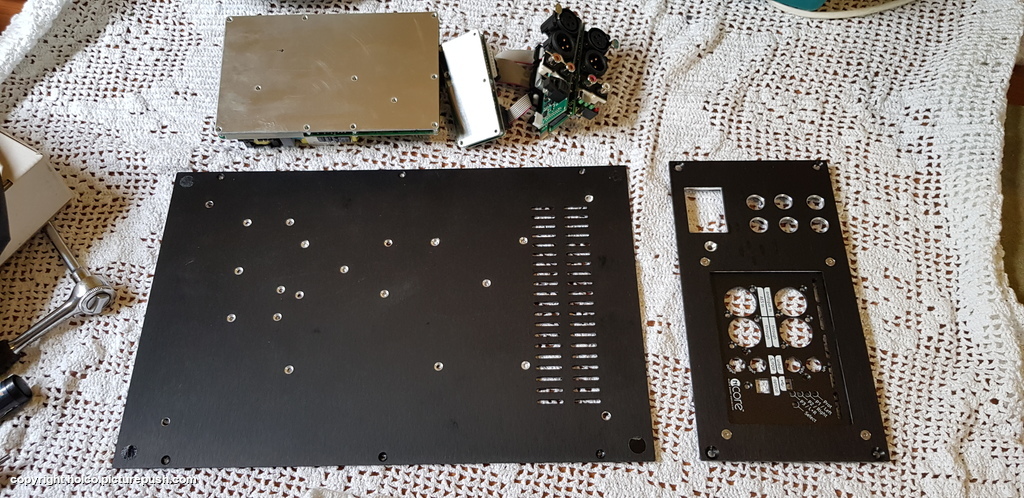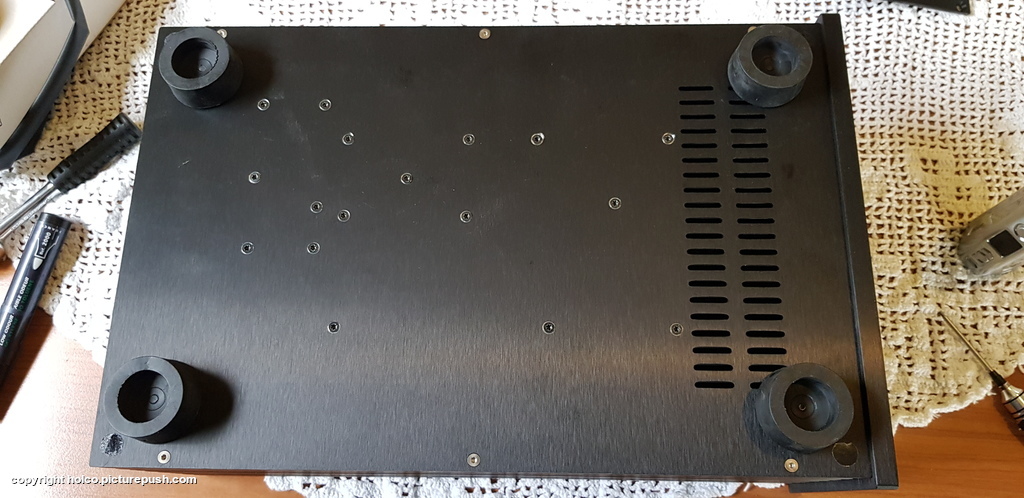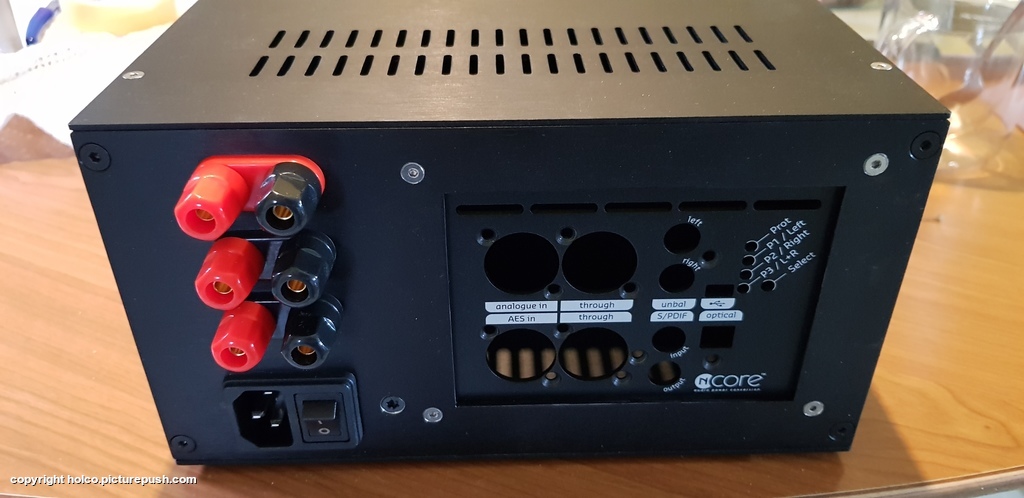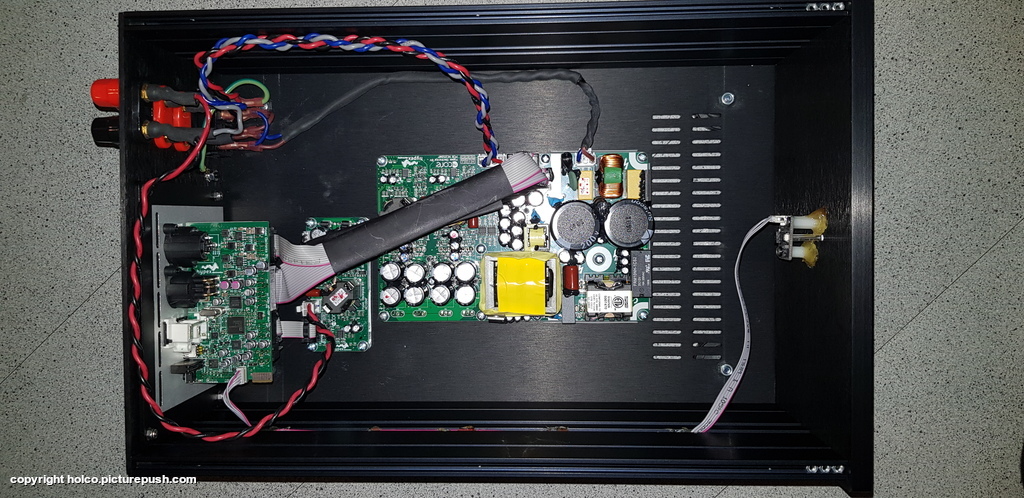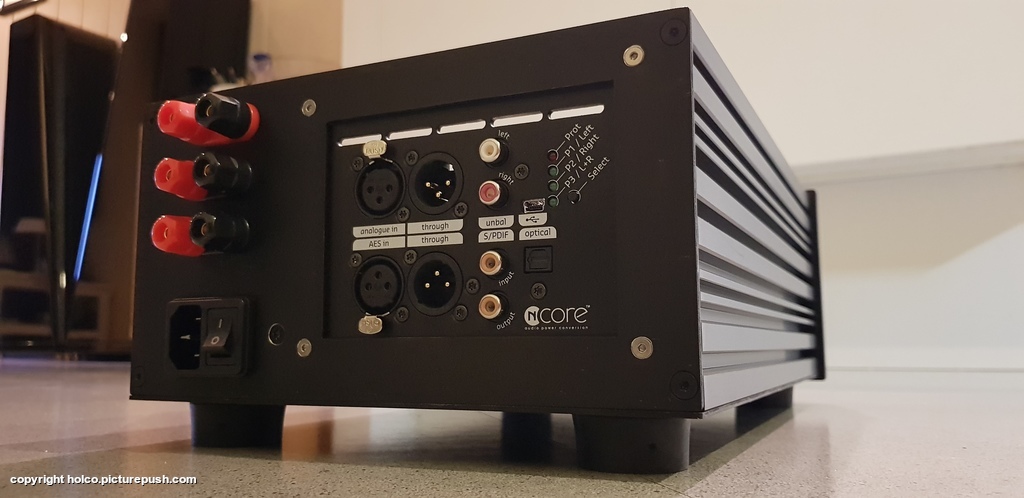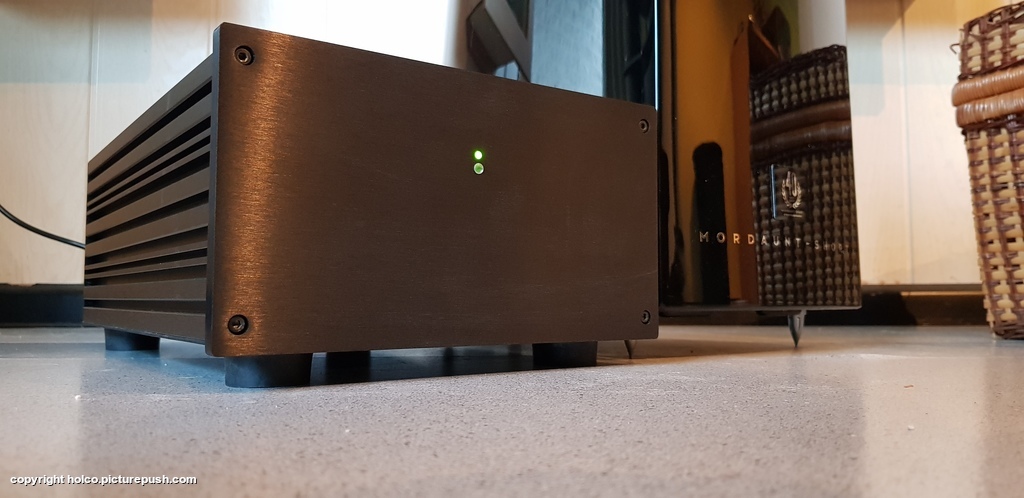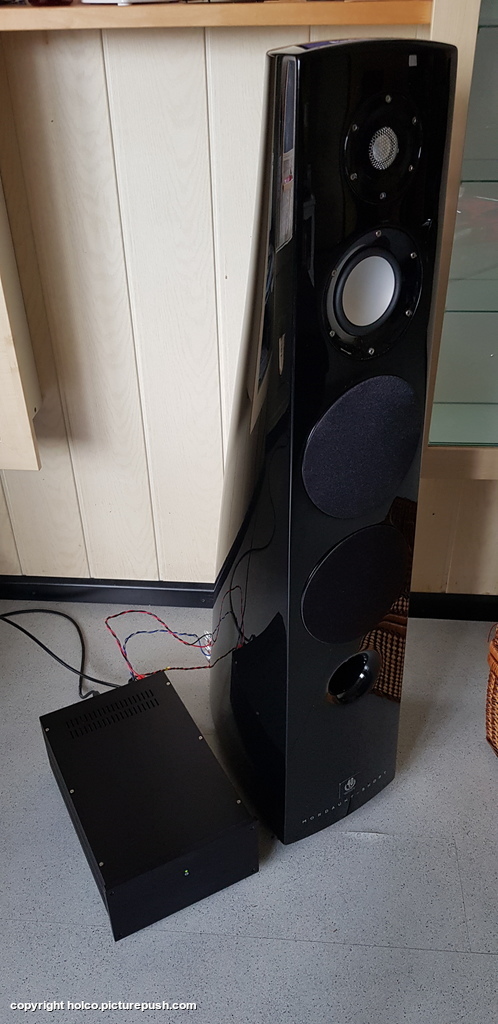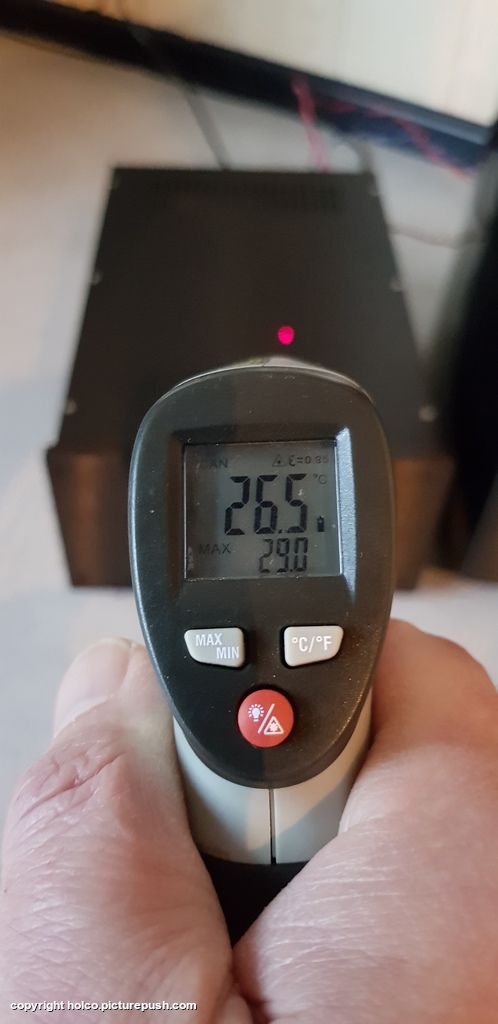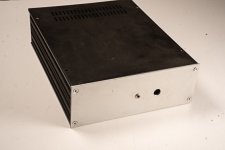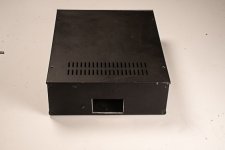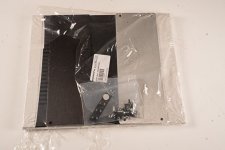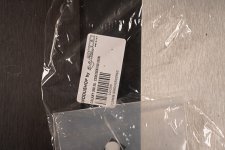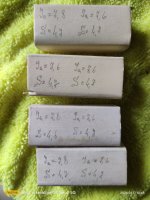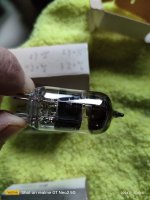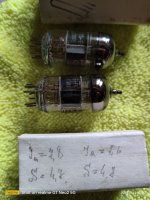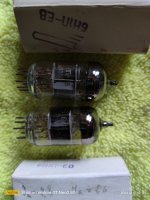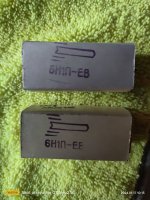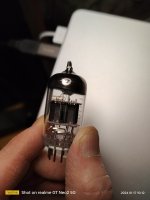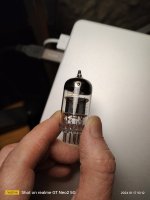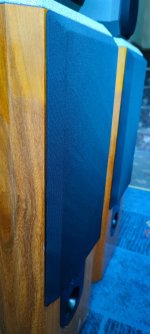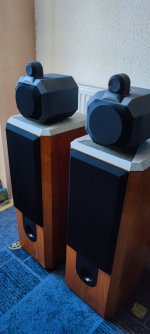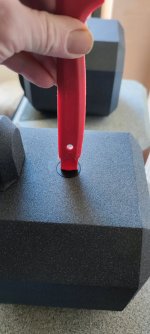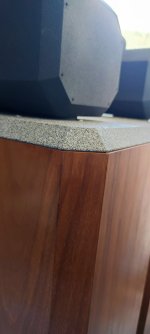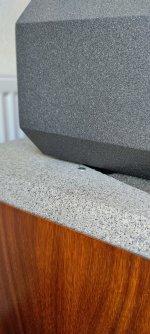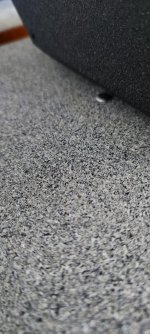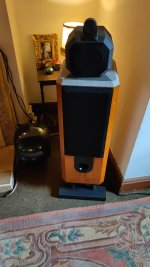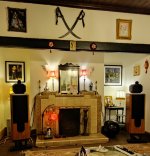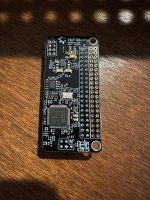Hello fellow DIYers !
I'm in the very last stages of my MM/MC preamp clone and I would like to validate the earting/grounding scheme before the PCBs get sent to the fab house. My design handbook states that the central point of a star-grounding arrangement for the whole system should be right at the most sensitive input stage of the amplifying chain to reduce the length of its negative terminal to ground, including the mains ground. That means the phono stage input in my case.
This build is kind of a "scrapbox challenge", re-purposing a TV set-top box steel chassis and a power transformer with EI-lams. A challenge as far as avoiding induced noise from the environement and mains ground but I know it can be done as I have a Rotel MM/MC preamp here that is built just like that and is dead silent. I use the same precautions Rotel did : shielding the power transformer and having the power supply as far as possible to the sensitive circuitry. I won't even consider a separate power supply chassis for this project.
See diagram below. The main elements in the chassis are positionned at their correct place and about to scale.
Key points:
- The two PCBs at top right of the chassis drawing are identical amplifier circuits for each channel; It is a discrete BJT fully symmetrical bipolar design which helps in reducing common mode noise sensitivity.
- Since mains power is fed by transformer and as the output is capacitor-coupled, there are four "grounds" in the system: Mains earth, power supply ground, input ground and output ground.
- Input and output grounds are NOT joined on the PCB but rather their RCA sockets are tied together using a piece of bare copper wire. This is duplicated for both channels.
- Likewise, power is fed to the PCBs using two distinct sockets and their common ground is not tied on the board but routed to the power supply star point (screw terminal at bottom right). This power supply ground star point is then tied to both input/output RCA sockets pairs, from which point a wire goes to the main ground post.
- All AC power wiring is twisted. I may also twist the signal input/output wiring (not shown on diagram).
- The power transformer is rotated at 45° to the chassis corners for maybe a bit of magnetic field cancellation by reflection... Not sure if that's such a big thing but it is recommended in my handbook and made the layout cleaner anyways.
- The power transformer secondary has no center tap so the power supply ground reference point is set with two 1% metal film resistors (middle left).
- Two strips of copper-clad phenolic board act as a non-magnetic shield to the AC power and regulator sections. Each strip is grounded separately directly to the chassis' integral ground screw.
- Power supply and preamplifier PCBs sit on 10mm nylon standoffs with nylon screws to reduce possibility of noise coupling. If push comes to shove more copper-clad board pieces can be added below and over the boards to completely surround them with non-magnetic shielding.
- There is a manual link between the chassis ground screw and the preamp ground post. The preferred mode of operation would be to have the chassis ground separated from the preamp star ground, with the power amplifier ground screw tied to the preamp as the whole system link to mains earth. However if the preamp is used standalone and connected to a "floating" input such as a battery powered laptop for example, the ground link is shunted and the preamp mains becomes the path to mains earth.
- The signal path is sketched on the rightmost board, and the leftmost board has a possible ground plane drawn. The existence and form of a PCB ground plane is still an outstanding question. Currently on the PCB the input ground signal is a star-ish arrangement of traces across the board (see net highlighted below).
The parts layout is quite packed and derived from the original preamplifier, which was on single-side PCB and used a lot of 0-ohm resistor links across the board. I get away with those by using a 4-layer stackup, taking care to cross superimposed traces at 90° and avoiding close paralleled traces.
In tutorials I see recommendations to place signal traces between two power planes, or at least over one ground plane, but the original implementation on single-side PCB obviously doesn't and still works, so I didn't place one. But should I?
If using a board-wide ground plane I fear that all those through-hole leads act as antennas coupling noise onto the ground, so that's why I sketched a possible shaped ground plane encompassing only the sections related to the input signal ground. In any case if the ground plane is needed it will be on the back of the PCB to further shield the signal and the chassis. Is this a better approach?
Sorry for the very long-winded post, this is my first phono preamp build and I wanted to be as precise as possible. I think I have covered all the bases, does that makes any sense to you? Are there obvious No-No-s?
As always, thanks in advance for any insights!
- Joris

